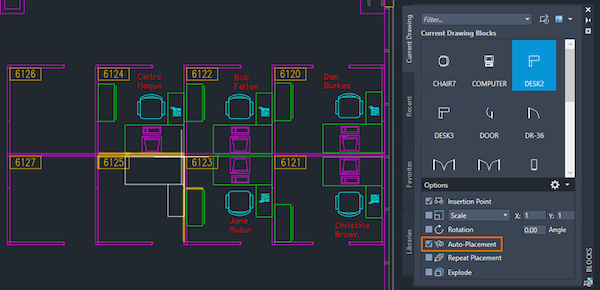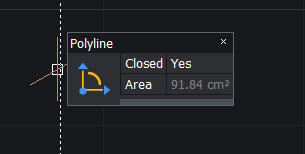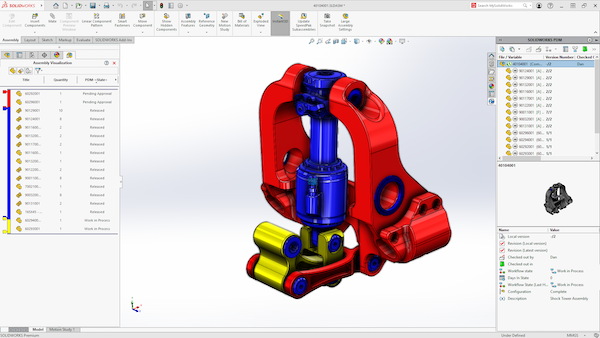The ‘A’ in CAD stands for “Aided.” From Ivan Sutherland’s Sketchpad until the present, “Aided” translated as automation. We use CAD to replace manual processes and work more efficiently. There was an old saying in the early days, “Perhaps you can draw as fast as the computer, but can you erase as fast?”
Today “Aided” is taking on new meaning, as artificial intelligence (AI) and its subset Machine Learning (ML) move from conjecture to reality. There are obvious questions:
-
What exactly can AI do for product design and engineering?
-
How does the meaning of “aided” change?
The answers depend on where you look and who you ask.
AI or ML?
Let’s start with basic definitions. Artificial Intelligence is the broader field of computer science focusing on systems that mimic human intelligence. Machine Language is a subset of AI, enabling computer systems to learn and improve from experience without explicit programming or human guidance.
Broadly speaking, AI algorithms in MCAD (and in simulation, factory design, and other related software) analyze data, recognize patterns, and use that information to make intelligent design decisions. ML algorithms in MCAD allow software to adapt, optimize performance, and make predictions based on exposure within the scope of the design project.
There is no doubt AI/ML will revolutionize design; it is already starting to happen. The original implementations of generative design (GD), for example, used brute force computing to examine thousands of options before recommending the best possibilities. GD could only work within set parameters and constraints. GD algorithms were not connected to simulation and analysis. The user interface was complex. Today there are various GD implementations that can explore millions of design alternatives; optimize the options presented; incorporate data on materials, structure, and manufacturing; provide answers for multiple objectives; and scale with all available compute power (GPU and CPU).
State of the Art
Here are some examples of how today’s leading CAD tools are either already using AI or are headed in that direction. This list is not exhaustive.
Dassault Systèmes CATIA, 3DEXPERIENCE Portfolio, and SOLIDWORKS: While the core CATIA design module does not have specific AI routines, the broader 3DEXPERIENCE portfolio includes AI-powered tools such as MODSIM and 3DEXPERIENCE Composites. These tools leverage AI capabilities to streamline simulation, optimize composite materials, and enhance overall design efficiency. There are four specific AI-enhanced tools in the cloud adaptation of SolidWorks: Selection Helper; Mate Helper; Sketch Helper; and Smart Mate. These tools are not available in historic, workstation-based SOLIDWORKS.

SOLIDWORKS Cloud Mate Helper is an AI-based feature that simplifies the task of adding mating features based on previous placements. Image source: Dassault Systemès.
Autodesk Fusion 360: Fine-tuned generative design is a major part of AI/ML in Fusion 360. The technology generates multiple design alternatives based on specific constraints. This allows the software to explore an extensive design space and provide optimized solutions.
PTC Creo: PTC Creo incorporates advanced algorithms and ML techniques to improve design efficiency. The Generative Design tool within Creo generates optimized design options based on user-defined constraints, enabling engineers to iterate designs more rapidly. PTC is regularly adding connections between Creo and various simulation programs.
Autodesk AutoCAD: The latest release introduces two specific AI-driven features. Smart Block Placement offers placement suggestions based on previous block placements.Markup Assist uses machine learning to identify markups and streamline the drawing revision process.

Smart block placement is one of several new features in AutoCAD 2024 that use artificial intelligence to streamline drafting tasks. Image source: Autodesk.
Siemens Digital Industries NX: Siemens NX incorporates AI and ML in various aspects of its design workflow. The Selection Prediction and Select Similar commands utilize shape recognition to quickly identify geometrically similar components. Additionally, the NX Voice Command Assist allows users to interact with the system through voice commands, making operations more intuitive and efficient.
Hexagon BricsCAD: This DWG-based drafting tool is a leader in applying AI to drafting tasks. The smart cursor is an efficient predictor of the user’s next action, changing the options presented on the screen as location and function switch.

Hexagon BricsCAD has used artificial intelligence in its drafting software for several years. The smart cursor adapts to both location and activity. Image source: Hexagon Bricsys.
Conclusion
As AI technology within design software continues to develop, the first big achievement will be a continuation of what is already taking place, as workflows become more efficient, especially with repetitive tasks. AI will not replace the experience of the engineer, but it will, gradually, become a more accessible knowledge base of engineering data at your fingertips.
The next few years will be interesting, watching MCAD vendors make strategic decisions on how to add AI, and what new companies might come on the scene with AI tools for mechanical design. We’ll keep a close eye on this technology.





Searching for more information about Product Design & Manufacturing?
Click here!